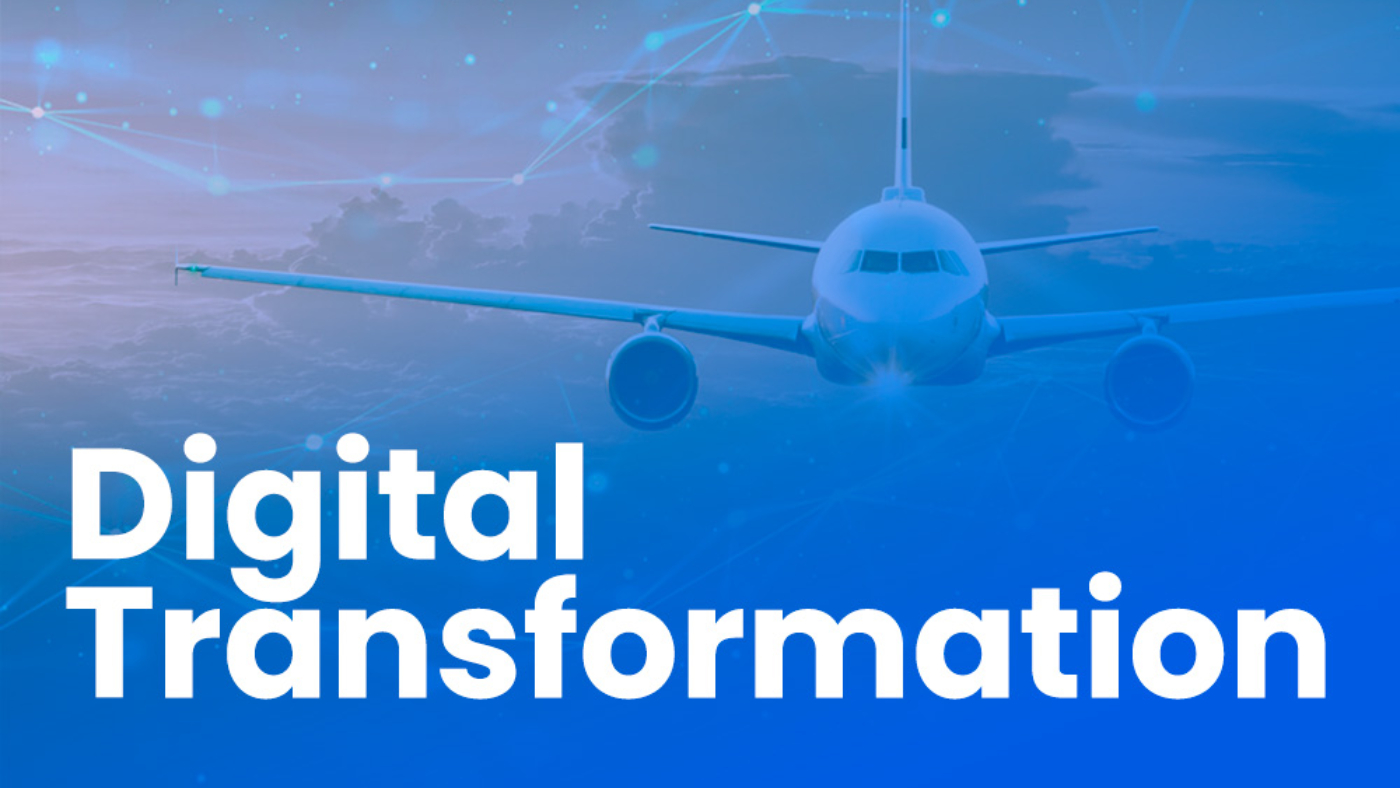The aviation industry is undergoing a digital revolution. Many airlines have embraced cloud computing, big data analytics, and the Internet of Things to transform operations. Driven by a goal to achieve 100% digitalization and data-driven decision making, over 90% of airline executives are prioritizing digital initiatives aimed at improving customer experiences and operational performance. Digital technologies enable airlines to increase agility, flexibility, and shorten planning cycles.
Despite economic headwinds, the aviation industry continues to make digital transformation a top priority, investing heavily in new technologies. Advancements in digital technology have already had a profound impact, leading to enhanced safety, efficiency, and convenience for passengers. Key innovations transforming aviation include real-time weather monitoring, e-enabled airplanes, airport facial recognition, and digital twins for predictive maintenance. As aviation rapidly digitizes, the industry is positioned for an innovative and customer-focused future.
Electronic Flight Bags (EFBs) are portable devices like tablets or smartphones that pilots utilize to access flight information and manuals.
Automated Check-in and Boarding allow passengers to check in and board their flights through self-service kiosks or mobile devices, decreasing wait times and enhancing efficiency.
Advanced Navigation and Communication Systems, such as GPS and satellite communications, empower pilots to navigate and communicate with air traffic control more effectively, boosting safety and reducing delays.
Maintenance Management Software enables software systems to monitor aircraft systems and issue alerts when maintenance is needed, decreasing downtime and enhancing safety.
In-flight Entertainment and Connectivity offer passengers access to movies, TV shows, and other entertainment options on their personal devices or through seatback screens. Many airlines now provide Wi-Fi and other connectivity options.
By adopting and implementing new technologies, airports are reevaluating their operations to become safer, more sustainable, secure, and efficient. While these digital advancements have reshaped the aviation industry, they also pose challenges concerning software and digital adoption. Businesses must adapt to these advancements to stay competitive and deliver a seamless experience for passengers.
The airline industry has made significant strides since its inception. Airlines have vastly improved their technology, safety standards, and customer service over the past century to become the robust industry it is today. In 1914, the earliest commercial airline was established, with its first passenger flight taking off in 1919.
The industry saw regulation with the Air Commerce Act of 1926, which established the Department of Commerce to oversee the industry and set standards for aircraft, pilot qualifications, and air traffic control.
The introduction of jets in the 1950s revolutionized air travel, enabling faster and more fuel-efficient flights. Deregulation in 1978 increased competition and lowered prices.
Today, airlines are investing in technologies to enhance the customer experience, focusing on safety and security. Advanced software aids in streamlining manufacturing, maintenance, and operations, unifying global processes with real-time data. This transformation has greatly impacted the airline industry, enhancing efficiency and customer focus.
The market for smart airports is projected to grow significantly by 2025. In the coming years, the airline industry will embrace the latest software trends to revolutionize operations. The upcoming blog post will delve into aviation systems requiring consistent evolution and explore top airline software solutions. Staying current with the latest software trends and solutions will enable the airline industry to evolve and thrive in a dynamic digital landscape.

